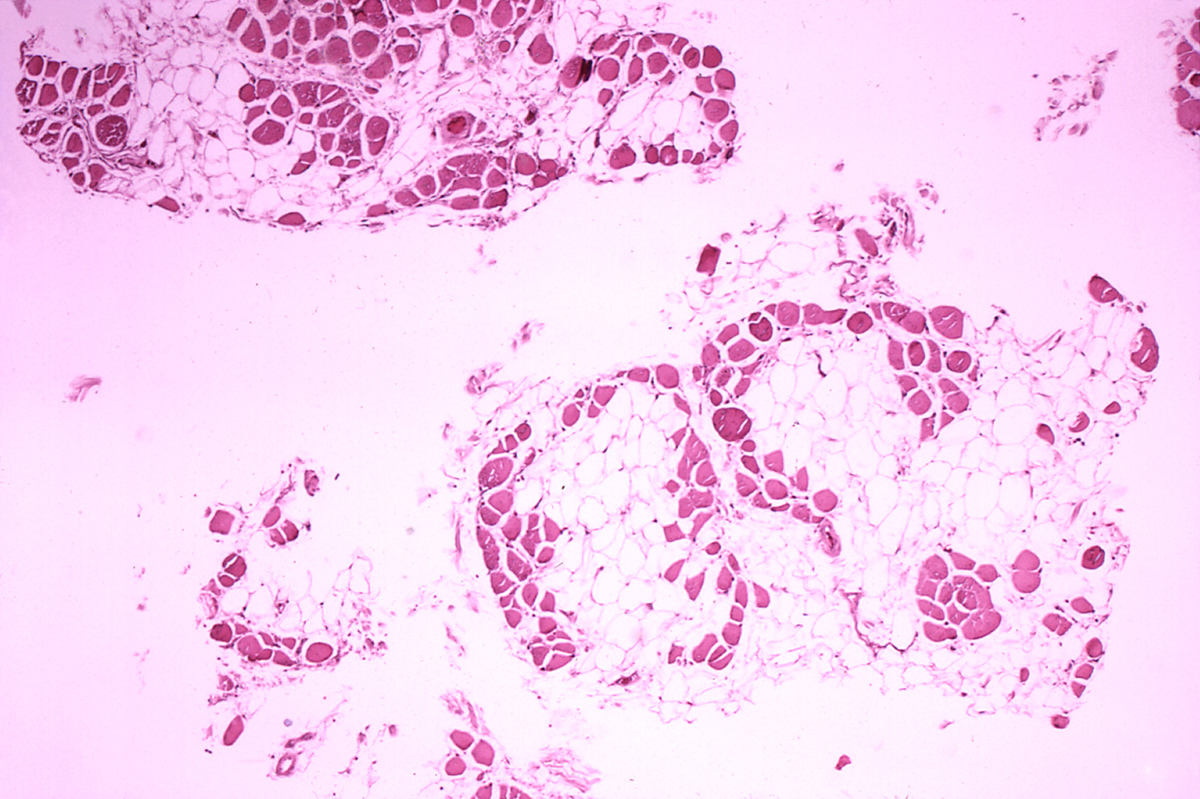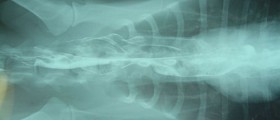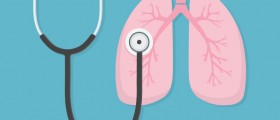
Duchenne's Muscular Dystrophy
Duchenne's muscular dystrophy disorders which involves weakness of the muscles. It is a very severe condition which commonly affects boys. Duchenne's muscular dystrophy starts at the age of 3 it progresses so rapidly that in a few years the child is not able to walk on his own. Duchenne's muscular dystrophy is an inherited disorder caused by genetic mutation. The disorder does not affect women, but they can pass the gene on. The patients who suffer from Duchenne's muscular dystrophy usually do not live long.Symptoms
The symptoms of Duchenne's muscular dystrophy start to show very early in life, in some cases during infancy. The first symptoms include weakness in the calf and pelvis muscles, and difficulties to sit up. As the disorder develops in the other symptoms start to appear. They include weakness in the muscles of the legs so the child cannot walk properly, climb stairs or jump, frequently falls, experiences fatigue and in some cases has mild mental retardation. The most severe symptom is complete loss of walking abilities.Complications
One of the complications is the curvature of the spine. This can make the overall condition worse and affect the appearance. The child with Duchenne's muscular dystrophy can develop osteoporosis which is a condition when density of the bones becomes decreased. Duchenne's muscular dystrophy can cause pain and stiffness of the joints which can restrict the movements of the arms and legs even more. Depending on the severity of the condition, the patient may develop difficulties with chewing and swallowing. Additional complication is constipation which is caused by immobility. Further complications include heart problems which can be severe in rare cases, respiratory infections such as pneumonia, breathing difficulties, and loss of mobility. Around the age of 11 most children will lose the ability to walk completely. Cardiovascular and respiratory problems usually start to develop during puberty because muscles of the heart and lungs are deteriorated. This can have life threatening consequences and the most common cause of death in patients with Duchenne's muscular dystrophy is heart or lung failure.Treatment
Unfortunately, the cure for Duchenne's muscular dystrophy does not exist. However there are treatments which can help a patient to relieve the symptoms and prevent the progression of the disorder. The patient may have a surgery to correct the curvature of the spine or to relieves the tension in the joints. Also there are medications which can help with overall health condition and various types of vitamins and supplements which can increase the muscle strength. Physical therapy and exercises can relieve the stiffness and pain in the joints and increase the strength of the muscles.
















Your thoughts on this
Loading...